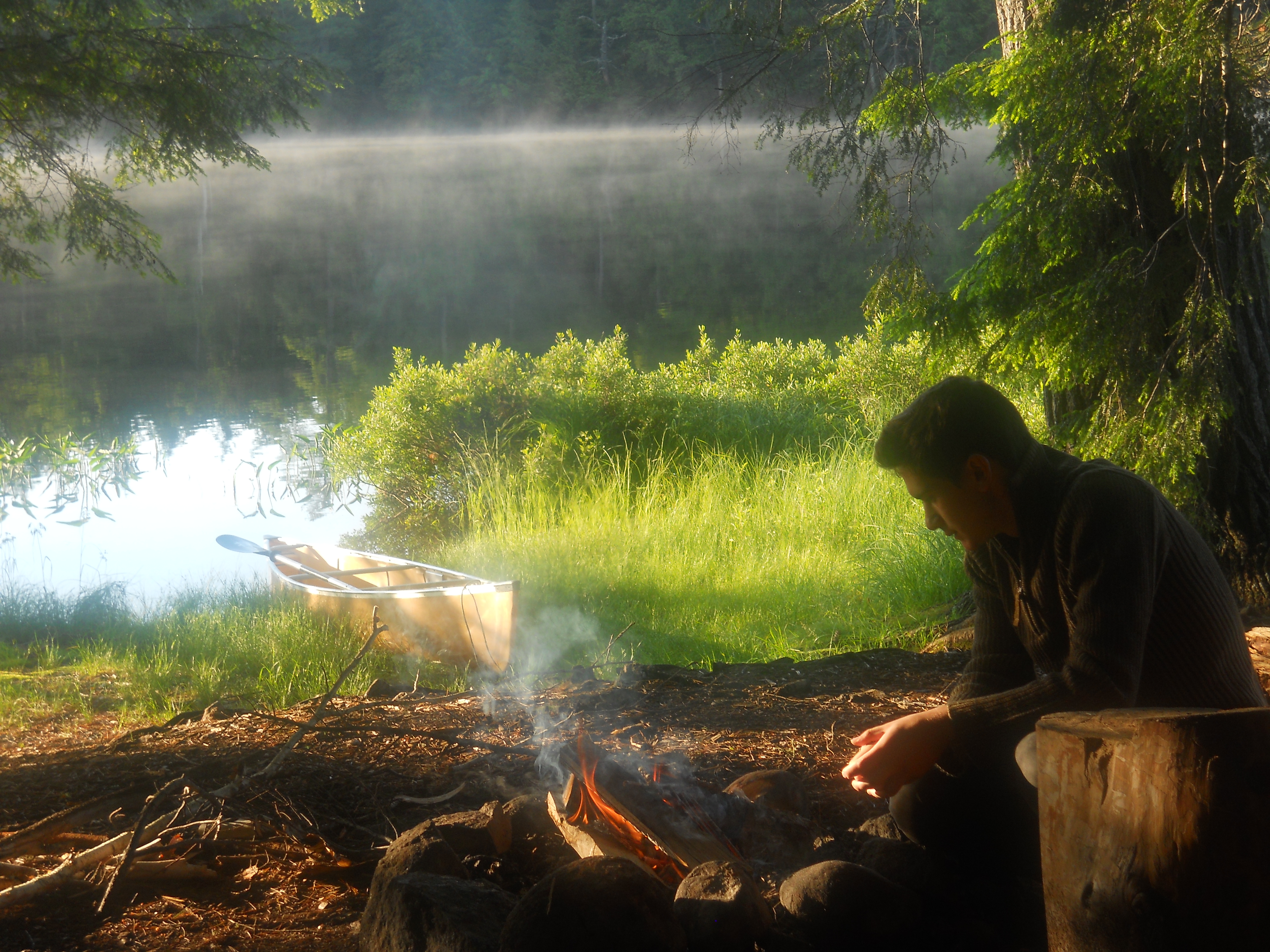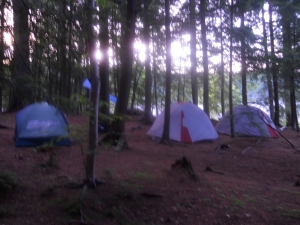After midnight somewhere on the New Jersey turnpike driving back from a wedding, I was jolted back to my angsty teens when the haunting soulful lyrics and minor key melody of a song that traveled with me for years, pierced the night.
“I close my eyes, only for a moment, and the moment’s gone, All my dreams, pass before my eyes, a curiosity.…”
If you are of a certain age or just musically grounded in progressive rock music of the 1970s, you know what comes next. In fact, you are probably already humming the line….
“Dust in the wind, all they are is dust in the wind.”
The simplicity of the message resonated with me back then and curiously, dove-tailed with my deepening attachment to my Jewish tradition, a journey which had begun a few years prior and was steam rolling along through high school. It was not surprising, therefore, that “Dust in the Wind” evoked biblical themes I was already familiar with. The Book of Genesis, using the Hebrew word ‘afar,’ describes God forming man from the dust like covering of the earth: “God formed man, soil from the earth”(2:7). And a chapter later, Genesis continues using the same word, “From dust you were taken and from dust you will return” (Genesis 3:19).
I knew from dust, you could say. And apparently, so did Kerry Livgren, a founding member and guitarist for the band Kansas and the composer of Dust in the Wind.
But the biblical references to dust as a metaphor for ephemeral life did not end in Genesis. Really, they were just beginning and the word and theme continues throughout the books of the Bible including famously in the Book of Ecclesiastes:
“And the dust returns to the ground as it was, and the lifebreath returns to God who gave it” (12:17). This line is followed immediately by “Futility of futilities, said Koheleth, all is futile”. And a few sentences later the entire book of Ecclesiastes concludes with the warning that God will be calling all creatures to account.
And so, to hear Dust in the Wind for the first time in years, in the depths of the night and a week before the Jewish High Holy Days when we believe we are being called by God to account, was a jarring moment for me. And I have been thinking about Dust in the Wind since, even as I am thinking about the upcoming high holy days. Are we all just “dust in the wind”?
To be more precise, the first stanza of the song states “they are all dust in the wind”, referring to our dreams, just mentioned the line before and to “all we do” which follows shortly thereafter. Our actions are dust in the wind. But the second stanza sharpens the point and clearly states “Dust in the wind, all we are is dust in the wind“. We are, after all, an accumulation of our actions and if our actions are fleeting then perhaps we, our lives, are too. As a teenager and later young adult in college these ideas seemed at least plausible, worthy of consideration, depressing as that was. We are from dust after all, according to the Torah. And we return to dust according to the book of Ecclesiastes. Kansas however, offered a solution of sorts to our temporality:
“Nothing lasts forever but the earth and sky“…our lives may be dust in the wind, but we leave the physical world to carry on in our place even though we can not change that since “all your money won’t another minute buy,” the lyric continues.
The song seemed very Jewish to me, especially since it even includes a lengthy violin solo that could be mistaken for a Klezmer tune.
Whether Kansas’ message was truly a Jewish one or not was even more confounding since the theme of “from dust you came and to dust you return” (Genesis 3:19), shows up in one of the central prayers of both Rosh Hashanah and Yom Kippur, toward the end of the stirring prayer “Unetanah Tokef”. That citation is than followed immediately by the following passage:
“We are like broken shards, like dry grass, and like a withered flower, like a passing shadow and vanishing cloud, like a breeze that passes, like dust that scatters, like a fleeting dream”
Pretty somber.
Fortunately for me, while I have been humming and re-listening to Dust in the Wind in these days leading to the high holy days, I have also been humming and re listening to pop Israeli recordings of various Selichot, mostly from the Sephardic tradition. The high holy days are preceded by the daily recitation of a series of special prayers of introspection and supplication called Selichot. Some of these prayers have been popularized in Hebrew song and are now easy to listen to on music streaming platforms. And these soulful recordings while presenting themes of our fallibilities as humans, have served as a counterpoint to the themes of hopelessness presented by Kansas way back in 1978 in Dust in the Wind.
The tune I keep coming back to which has been recorded by many Israeli artists is titled simply, “Ben Adam” (literally, son of man).
“Ben Adam, why are you sleeping? Arise and offer words of petition. Pour out your soul in conversation with and seek forgiveness from the Master of the Universe…but, do not tarry, for the days will soon pass…”
The Selichot, and I believe, Judaism overall, acknowledge Man’s temporality but soundly rejects the idea that our lives are meaningless simply because life is ephemeral. We are in fact called to make a difference with the time we have, limited though it is. Judaism calls on us to connect to our four thousand year old history and in so doing, to transcend our own temporality. And while we are here we are called upon to do our best. And when our efforts fall short, we must seek forgiveness and begin anew.
The song “Dust in the Wind” has rattled around in my head for a long, long time. It will not easily go away. But I am ready to slowly let it return, dust to dust, ashes to ashes.
Howard E. Friedman
Dust in the Wind, by Kansas I close my eyes, only for a moment, and the moment's gone All my dreams, pass before my eyes, a curiosity Dust in the wind, all they are is dust in the wind. Same old song, just a drop of water in an endless sea All we do, crumbles to the ground, though we refuse to see Dust in the wind, all we are is dust in the wind (Now) don't hang on, nothing lasts forever but the earth and sky It slips away, and all your money won't another minute buy. Dust in the wind, all we are is dust in the wind Dust in the wind, everything is dust in the wind.

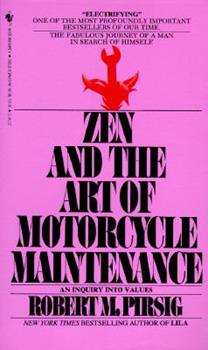

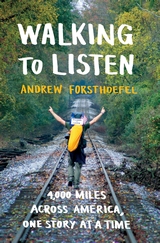


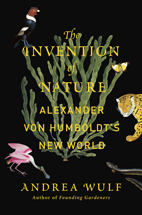 So what is going on here? For hundred of years, adventurers needed no outside encouragement for their adventures. They were self-motivated. Sir Edmund Hillary famously quipped that he climbed Everest “because it was there”. That was actually a throw-away line answering a reporter. He climbed Everest out of a deep attraction to the outdoors and a desire to see just what humans can accomplish. And so it has been with expeditions around the globe. Alexander von Humboldt attempted in 1799 to climb Mt. Chimborazo in Ecuador, thought to be at that time the highest mountain in the world, documented so well by Andrea Wulf in the beginning of her 2015 book “
So what is going on here? For hundred of years, adventurers needed no outside encouragement for their adventures. They were self-motivated. Sir Edmund Hillary famously quipped that he climbed Everest “because it was there”. That was actually a throw-away line answering a reporter. He climbed Everest out of a deep attraction to the outdoors and a desire to see just what humans can accomplish. And so it has been with expeditions around the globe. Alexander von Humboldt attempted in 1799 to climb Mt. Chimborazo in Ecuador, thought to be at that time the highest mountain in the world, documented so well by Andrea Wulf in the beginning of her 2015 book “









